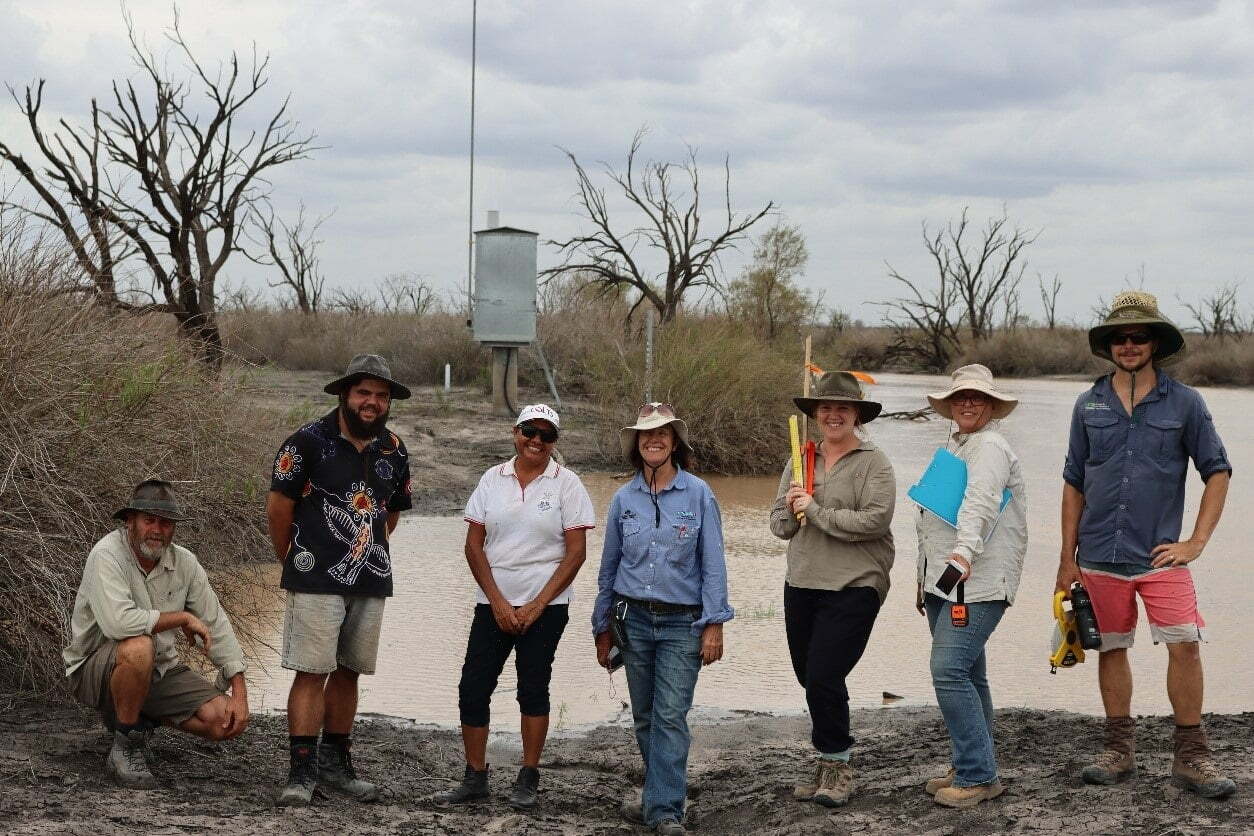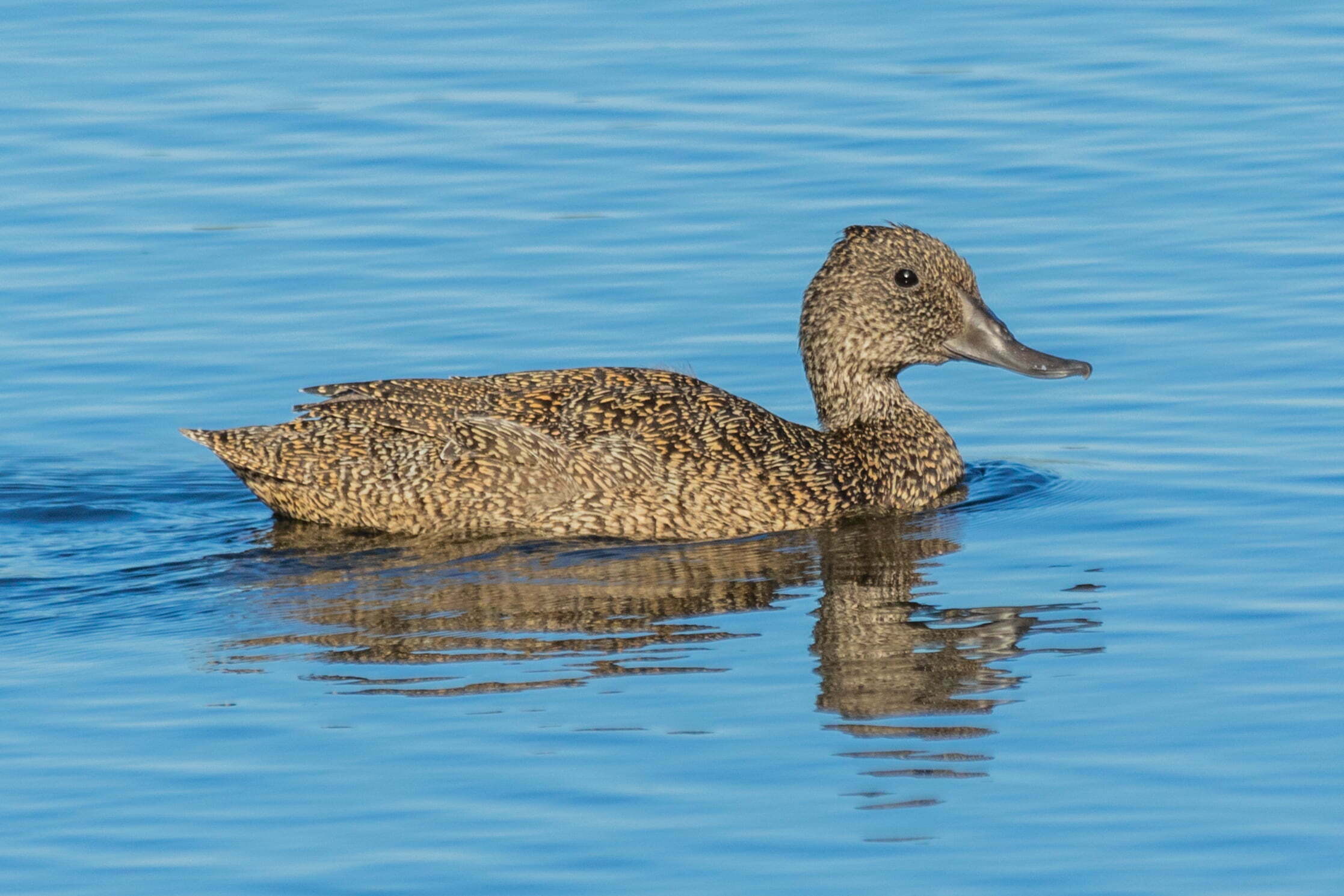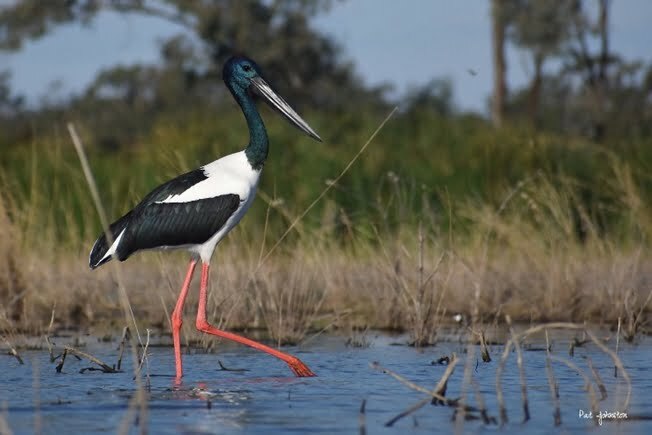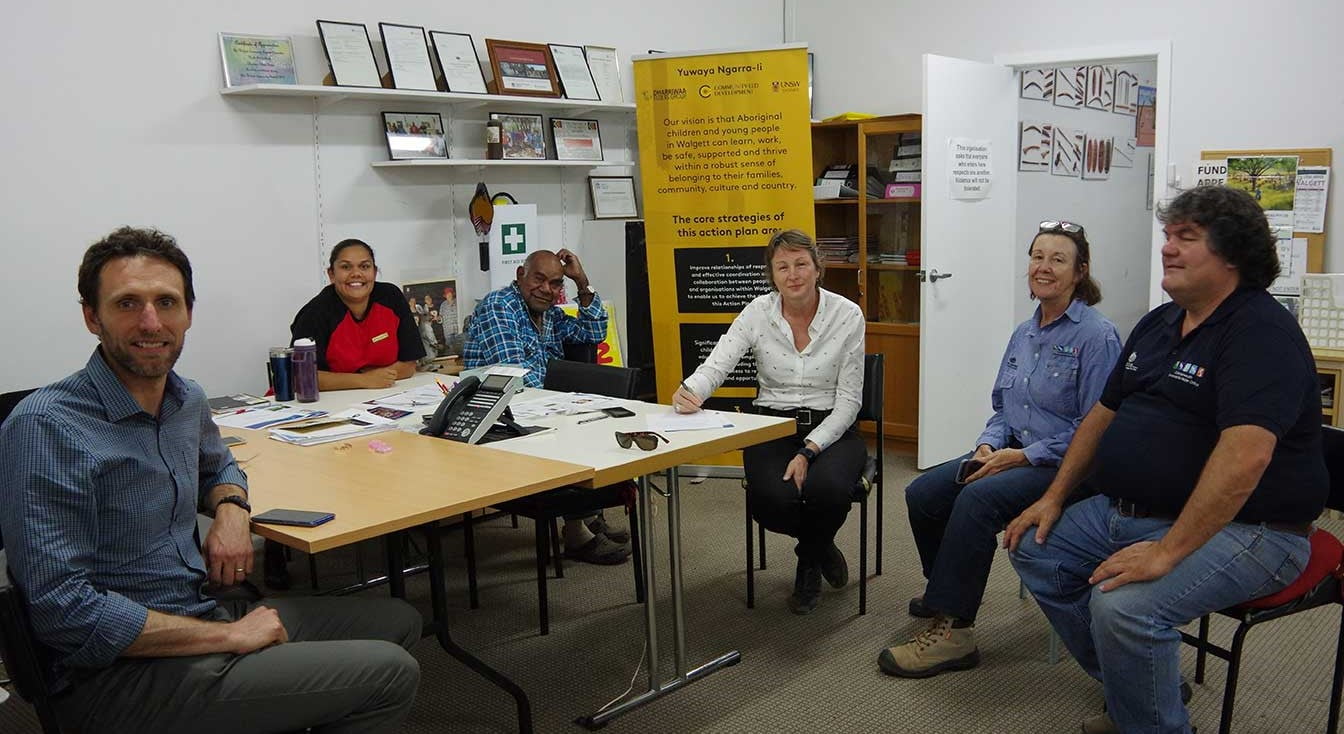For over seven years, the Narran Lakes and surrounding river system remained dry. The Lakes, known as Dharriwaa by the Yuwaalaraay/Euahlayi people, is a significant meeting place for Aboriginal peoples, as well as being a source of food and medicine. The origin story of Dharriwaa highlights its immense cultural significance and demonstrates the importance of the area, especially for waterbirds.
In fact, Dharriwaa is one of the most important waterbird nesting sites in Australia. During wet times, there have been more than 50,000 nests, and some of the largest recorded gatherings of waterbirds, around 200,000, have been recorded there. The site is an important stop for many migratory waterbirds that visit Australia annually over spring to summer, with parts of Dharriwaa listed as internationally important wetlands.
Due to the recent prolonged drought, however, important plants which the birds use to nest and live in have been dying.
In early 2020, after welcome rainfall in the region, the Commonwealth Environmental Water Office (CEWO) worked with Queensland and NSW governments, as well as a local landholder to ensure more water flowed into the Narran Lakes.
As a result of this collaboration, around 90 GL of water filled the Narran Lakes between February and April 2020, the most water to reach the special site since 2012.
The origin of the Narran Lake – Dharriwaa Creation Story

The Narran Lakes are culturally very significant. Dharriwaa has been an important site to Aboriginal groups for thousands of years – as a meeting place for people and animals alike. But how did Dharriwaa come to be? Here is the story…
Read More
Water also flowed throughout the Lower Balonne, through multiple rivers, across floodplains and all the way down to the Menindee Lakes – in what has been the largest Commonwealth watering event in the northern Basin in the ten-year history of the CEWO. Staff from CEWO worked with NSW and Queensland government agencies, the University of New England and Traditional Owners from the Narran Lakes Joint Management Committee to monitor the wildlife and plant recovery since water reached Dharriwaa. The Murray-Darling Basin Authority also keenly monitored the event using satellites.
The fieldwork enabled knowledge exchange between researchers, water managers, and Traditional Owners. Traditional knowledge and cultural insights into the plants, animals and artefacts encountered during the surveys was generously shared amongst the monitoring team during days out on Country.

The JMC survey team for the Narran Lakes vegetation monitoring. Photo: CEWO
Joint Management Committee member, Rhonda Ashby commented that:
“cultural and scientific knowledge can be embedded through respectful relationships and partnerships. It’s vitally important for Narran Co-management and researchers positively working in collaboration and understanding each other roles for better outcomes for all”.

Some of the vegetation monitoring team, Traditional Owners, NSW and Commonwealth reps. Photo: CEWO
Over 30 waterbird species have been recorded since the flows, including the Freckled duck, Blue-billed duck and Black necked stork, which are all listed as threatened species. Critically, all key waterbird nesting areas have had a drink, including 4,500 hectares of the Ramsar site, within the Narran Lake Nature Reserve.

Freckled Duck. Photo credit: Daniel McKeon. Source: Central Coast Council

Blue-billed duck

Black-necked stork. Photo credit: Pat Johnson. Source: https://waterbirdtracker.org.au
Traditional Owner, Brendan Odee Welsh summed the event up saying:
“Our Yuwaalaraay country has been galingin (thirsty) for the longest time. It’s always special to be out at Dharriwaa (Narran Lakes) but even more so after these water events”.
Jody Swirepik, Commonwealth Environmental Water Holder, visited Dharriwaa to see water fill the lakes and connect with Elders and other agency staff involved in this collaborative effort. She said:
“It will take more flows like this before Narran Lakes is able to bounce back to pre-drought health, but these flows have been a great start to help to bring life back to Dharriwaa”.

Jody Swirepik, Commonwealth Environmental Water Holder, talking with Elders and agency collaborators in Walgett, NSW. Source: CEWO
Feature image: Back Lake. Source: https://www.walgett.nsw.gov.au/tourism/things-to-see-and-do/narran-lake-nature-reserve
